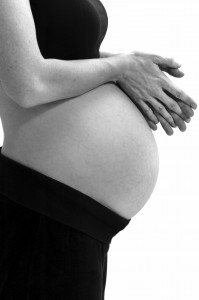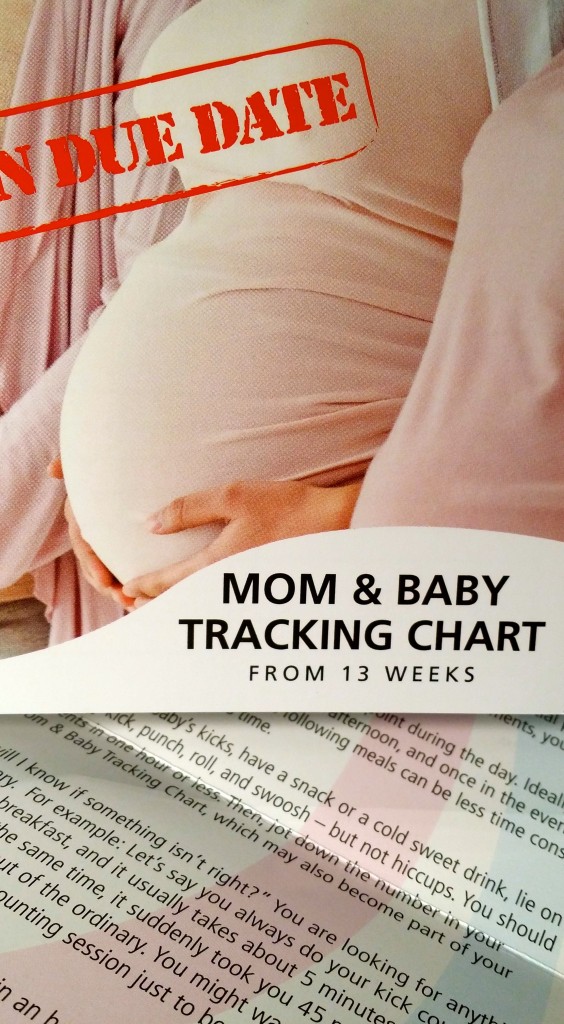Did you know October is SIDS, Pregnancy and Infant Loss Awareness Month? In the United States Stillbirth refers to the loss of a baby of twenty or more weeks gestation. Stillbirth is not a cause of death but rather a term indicating a baby has died in utero. The universal definition of when a loss is a stillbirth varies internationally making it difficult to gather and compare data and ultimately determine how frequently stillbirth occurs.
A stillbirth is the death of a baby before or during delivery. Approximately, one out of 160 pregnancies tragically end in stillbirth. Although the cause of many stillbirths is unknown, many are attributed to any of the following: birth defects and genetic problems, complications with the placenta or the umbilical cord, or possibly maternal diabetes, high blood pressure or obesity.
According to the CDC, a stillbirth is additionally categorized as either early, late, or term:
- An early stillbirth is a fetal death occurring between 20 and 27 completed pregnancy weeks.
- A late stillbirth occurs between 28 and 36 completed pregnancy weeks.
- A term stillbirth occurs between 37 or more completed pregnancy weeks.
No race, income level, age group or ethnicity is immune to stillbirth. However, there are risk factors that may increase the likelihood of stillbirth. There is a higher incidence of stillbirth if you are of the black race, 35 years or older, overweight, a smoker, have endured an earlier loss, or have a medical condition such as diabetes or high blood pressure. These issues may put an expectant mother at risk for stillbirth or preterm birth.
A gradual decrease in fetal movement was noticed by fifty percent of mothers a few days prior to the death of their babies. A recent study in Norway noted a thirty percent reduction in stillbirth when pregnant women were encouraged to track fetal movement by their healthcare provider, and were told to immediately seek medical attention when they noticed any decline in their baby’s movements.
If you have had a previous stillbirth, your next pregnancy will be considered a High Risk pregnancy by your health care team and you will be referred to a Maternal Fetal Specialist for exceptional care. This necessary attention will be given to all aspects of your pregnancy. It may include more frequent medical visits, additional ultrasounds or specialized testing, and increased monitoring to be sure you and your baby are both doing well. If your health care team does not consider your subsequent pregnancy to be a high risk pregnancy, you should discuss your concerns with them including the option of transferring your care to another health care team.
Beginning at Week 20 every mom is encouraged to begin keeping a journal tracking her baby’s movements. Getting to know your baby’s movements and taking note of when your baby is stirring or slumbering is fundamental. Daily journaling will enable you to become familiar with the movements of your little one so your baby’s daily routine will become second nature to you. Knowing your baby’s patterns of movement will enable you move easily into Kick Counting, which will begin around Week 28.
PAK encourages all pregnant moms to use our Mom & Baby Tracking Chart from Week 13 onwards. If for any reason you detect an unusual level of activity for your baby (an increase or decrease in fetal movement), you notice any sudden changes in movement, or once kick counting has commenced you are unable to obtain the usual 10 kicks in your normal amount of time, call and visit your health care team to make sure that your baby is not in distress. If you are unable to contact or visit your health care team, go to Labor and Delivery (L&D) as most L&D units will see you immediately for Decreased Fetal Movements (DFM), or go to the nearest Emergency Room (ER).
Discuss any changes to your Mom & Baby Tracking Chart with your health care team and don’t ever hesitate to call them about any questions or concerns that you may have, or comments that they may have made to you that you don’t understand. Your team is there to educate and inform you, that’s their job! You know your baby best, so always trust your gut.
For more information on stillbirth please visit the CDC. For more information on kick counting, please visit babyMed, and PAK’s Third Trimester Week 28 and Operation Due Date Mom & Baby Tracking Charts on our website.



